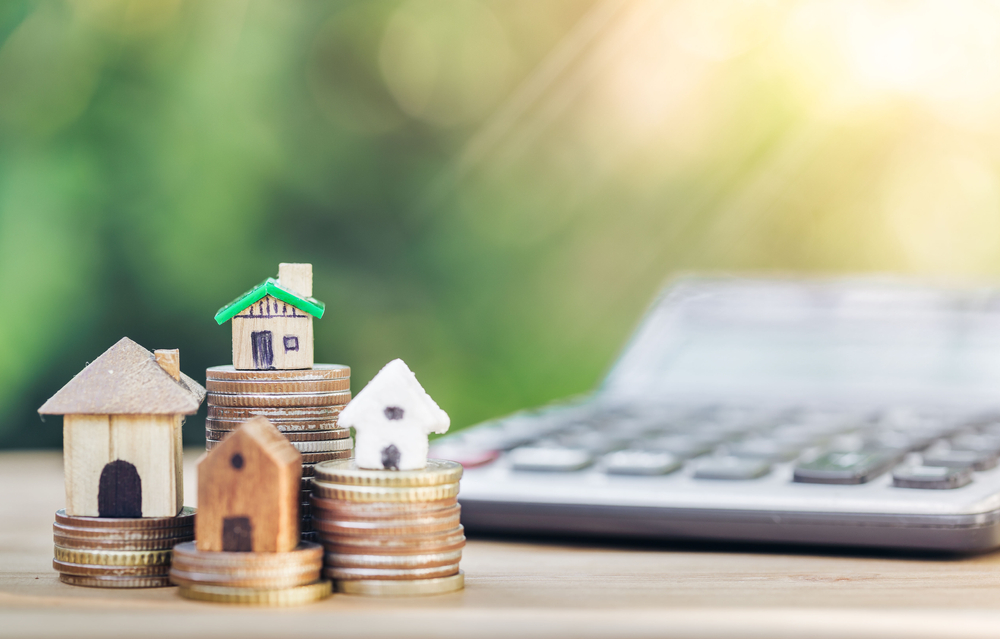First-time Buyer
UK house prices leap to £292,000 in July as price growth doubles

The average price of a house in the UK reached £292,118 in July, representing a 15.5% annual increase.
Yearly house price growth was more than double reported in June, when the yearly change was 7.8%, according to figures from the Office for National Statistics (ONS).
Industry professionals noted that this was distorted by last year’s stamp duty holiday, as the rush to complete sales in June 2021 before the threshold was lowered resulting in inflated asking and sale prices. This was then followed by a dip in activity the following month.
Sarah Coles, senior personal finance analyst at Hargreaves Lansdown, said: “We had a lull in July [2021] where prices fell back month-on-month and annual rises slowed to 7.1%. We’ll see echoes of this through the next few months, as we get another bump and a dip from the end of the stamp duty holiday in September last year.”
Andrew Montlake, managing director of Coreco, said the reality had been skewed by the stamp duty holiday so the data needed to be taken with a “pinch of salt”.
He said: “The reality is that the property market has been slowly cooling in recent months as the nation is gripped by an unprecedented cost-of-living crisis. We’re also seeing valuers start to get more conservative due to the strong economic headwinds. With more rate rises a nailed-on certainty and the cost-of-living crisis set to worsen as we enter the winter, the property market will likely see modest price growth between now and the spring.”
Regional and country-level price differences
The South West saw the strongest year-on-year rise in house prices with 20.7% growth to £330,414. London continued to report the lowest increases in price with a 9.2% annual rise to £543,517.
In terms of home nations, Wales saw the biggest rise in house prices, where average property values increased by 17.6% to £219,951. This was followed by England, where average prices rose by 16.4% to £311,583.
Scotland saw a 9.9% to £192,966, while Northern Ireland reported a 9.6% increase to £169,063.
Meanwhile, detached houses saw the largest growth in value at £457,552, which was a 17.3% uplift on last year. Flats and maisonettes saw the smallest rise of 9.3% to £234,000.
First-time buyers paid 15.1% more for their homes than they did last year on average, with a typical value of £243,705. Former homeowners paid 16.4% more, with an average price of £342,250.
Confidence restored by energy price guarantee
Some industry experts suggested that while the surging cost of living was still having an impact on finances, the certainty of the energy price guarantee could make prospective buyers feel more confident.
Imran Hussain, director at Harmony Financial Services, said: “Anyone hoping for a massive drop in prices and to snap up a bargain will be in for a shock. Though activity levels have calmed down slightly, demand is still there.
“Curiously, activity may even ramp up again now that everyone knows what’s happening with their utility bills for the next two years.”
However, Coles said increased costs in other areas may still dampen buyer sentiment, adding: “The fact that we won’t see unspeakable energy price rises in October or January will have come as a relief to millions of people, and may well have eased concerns about rising prices this winter for some buyers. However, there are still very good reasons why it may not be enough to significantly alter predictions of a property market slowdown.
“Even at this level, sky high bills will be a stretch for millions of people, and the relentless rise in the cost of food and other household bills will put us under even more pressure. Meanwhile, if the Bank of England raises rates again next week as expected, it’s going to make higher house prices even less affordable. We can expect the maths to stop adding up for increasing numbers of buyers, and their mortgage lenders, which could dampen price rises.”